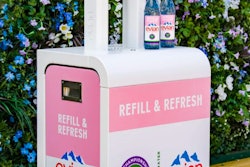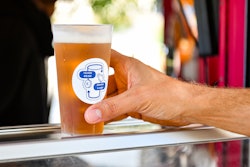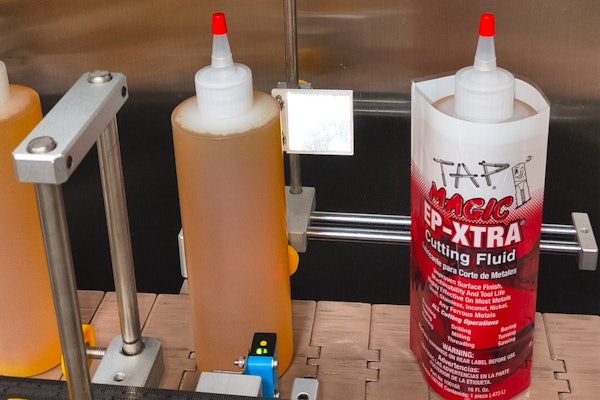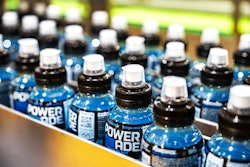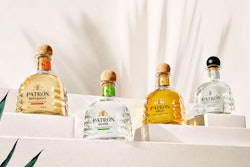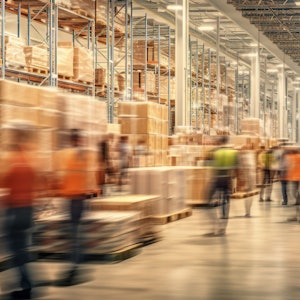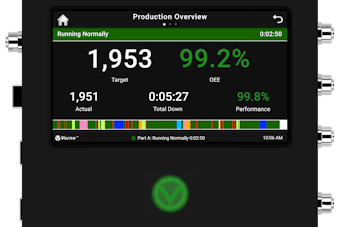Transcript:
Hello, Anne Marie Mohan here with Packaging World magazine. When we think about sustainable packaging, we think about reduce, reuse, recycle, and there’s a reason that those words are in that order, and that’s because that’s the best strategy for reducing packaging waste. First, we want to take out as much extra packaging material as we can. Then we want to reuse and refill that packaging so that it’s used as many times as possible. And last, recycle that material when possible. But a lot of companies have skipped over reusable and refillable packaging because it comes with a lot of challenges. One is that you’re asking the consumer to change their behavior. Another is that with some of these systems, you need reverse logistics, which can also be very tricky to develop, and it requires a lot of investment. But there are some companies who are dabbling in the reusable/refillable space, and most of those are in either household cleaners or in personal care products where they’re not food or beverage products that will be consumed.
And one of these companies is Clean Cult. I first talked about them in 2023. The company was established in 2019, and co-founder Ryan Lupberger told me at the time that he created the company because he wanted to provide consumers with cleaner, more natural ingredients in their household products, household cleaning products, and their soap products. The company was formed in 2019, and along with the sustainability at those of their product, they also wanted to combine that with more sustainable packaging. So they went the refill/reuse route. Now, initially the company was online only. By 2023, they were in stores, and their packaging system consisted of a gabletop carton, a 32-ounce gabletop carton, which Lupberger said was the first to be used in household cleaners and soaps, along with a shatter-resistant pump bottle. So the idea was that the consumer would buy the bottle and the refill and then fill the bottle, and then the refill would provide two more refills of product before they had to buy another bottle of the refill or carton of the refill.
While Lupberger found that that was too much of an ask to consumers, too much of a behavior change, so they changed their strategy and instead decided to use the refill carton along with an aluminum bottle that the consumer would buy prefilled. When it was empty, they’d use the refill carton to fill it back up. So flash forward to 2025, and I spoke with Lupberger again on the occasion of the company rolling out their products in Target. And along with that rollout, they decided to redesign the packaging graphics for these products. Now, originally, the 32-ounce carton had an illustration of the refillable bottle on it, and now they’re much more focused on scent cues. So whatever the scent of that product is, they’re really highlighting that in the design and it’s a much wider cleaner, whiter, cleaner package. They also redesigned their aluminum bottles so that they’re more durable.
To make this at scale, they increase the material thickness to prevent denting, and they modified their filling lines and they added protective packaging for shipping. They really want this to look nice on-shelf and on the consumer’s counter. Another thing that I wanted to share is that not only is this refillable and reusable, but this carton is made from polyethylene, paper, and aluminum, and it has been determined or designated as widely recyclable by How2Recycle. So as you can see, it uses the How2Recycle label. So they have the 32-ounce refill, they have the 12-ounce soap products in the aluminum bottle with pump, and they have the 16-fluid-ounce spray bottle for some of your household cleaner products. There are 17 SKUs in this product line that include hand soap, dish soap, all-purpose cleaner, and laundry detergent. And they have three new scents with this new rolling out at Target.
So if you’d like to learn more about this package and about this project, you can look it up on Packaging World magazine and read the full story. Thank you. PW


